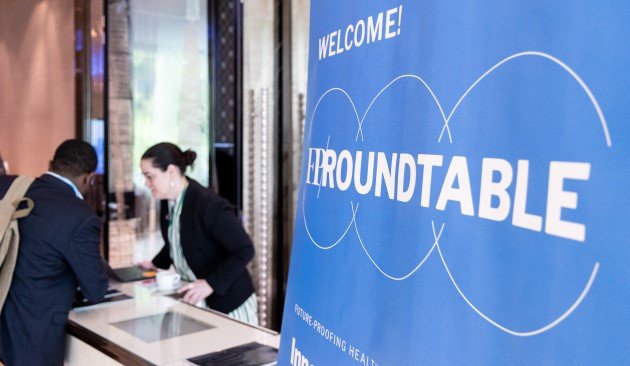Here we explain everything you ever wanted to know about, COP, the climate change global summit.
What does the abbreviation COP stand for?
COP stands for Conference of Parties1. COP is the United Nations Climate Change Conference and the supreme decision-making body of the United Nations Convention on Climate Change (UNFCCC).
How often does it happen?
COP happens annually, in a different host city each year. The exception was 2021 when the global climate conference had to be delayed by one year due to Covid. In 2022, COP26 – the 26th annual conference – was held in Glasgow for 12 days in November. In November 2023, the host city for COP27 is Sharm el-Sheikh, Egypt.
What happens at COP?
Governments around the world report on their countries’ progress in combatting climate change and agree to new actions to cut carbon emissions.
What are COP’s mission and goals?
The over-arching mission is to foster collaboration ‘to deliver greenhouse gas emission reductions and help ensure a just transition to a net-zero economy which alleviates poverty and helps secure a sustainable future’2.
Ever since the first COP in Berlin in 1995, COPs have been used to review what Parties (the countries who signed up) have achieved, and measure progress. They are also where negotiations take place for the next round of emissions reductions. They are a vital means of monitoring the progress made so far and working out the targets that need to be achieved in the future if we are to reach the goals of the Paris Agreement (see below).
COP27’s stated vision and goals3 are to ‘seek to accelerate global climate action through emissions reduction, scaled-up adaptation efforts and enhanced flows of appropriate finance. We recognise that 'just transition' remains a priority for developing countries worldwide.’ COP27 is widely considered by the climate community as the ‘African COP’ – where African countries join the climate conversation. It is expected that COP28 in Dubai next year is where decisive action will be made.
Who goes and why?
Prime ministers, presidents, high-level government officials, global business leaders, representatives from international charities and religious leaders all gather together, as well as thousands of media representatives. More than 30,000 people attended COP26 in Glasgow and 35,000 are expected in Egypt. The annual event is not open to the public, only accredited delegates or observers. There is usually a neighbouring ‘Green Zone’, a place to meet climate-concerned people informally, visit exhibitions and attend discussions.
The negotiations are the key part of COP. The first week is usually technical negotiations by government officials, while the second week is focused more on high level ministerial and heads of state meetings. The negotiations focus on a variety of areas including future emissions reductions and climate adaptation financing, that the Parties (or participating countries) agree to.
What is its history?
The first Conference of the Parties (COP1) was held in Berlin in 1995, a year after the United Nations Framework Convention on Climate Change, came into force. Countries that sign the treaty are known as 'Parties'. The first COP had 196 Parties, near-universal membership, all brought together to negotiate multilateral responses to climate change. But less positively, all Parties agreed that commitments in the Convention were already 'inadequate'.
The Berlin Mandate established a process to negotiate strengthened commitments for developed countries, thus laying the groundwork for the Kyoto Protocol. The third Conference of the Parties in 1997 achieved an historic milestone with the adoption of the Kyoto Protocol, the world's first greenhouse gas emissions reduction treaty4.
In December 2015 at COP21, the Paris Agreement5 was adopted. In this landmark treaty, 195 nations agreed to combat climate change and unleash actions and investment towards a low-carbon, resilient and sustainable future. This agreement meant virtually every country in the world agreed to take real, enforceable action to combat climate change – keeping the average global temperature increase to well below two degrees and trying to limit it to 1.5 degrees. It was also the first time that businesses, regions and individuals – not just countries’ governments - were invited to start contributing towards climate action by reducing their emissions.
The then Secretary General of the UN, Ban Ki-moon said: ‘The Paris Agreement provides a viable blueprint to mitigate the serious threats to our planet. It sets clear targets to restrict rising temperatures, limit greenhouse gas emissions, and facilitate climate-resilient development and green growth.
References:
1. United Nations Climate Change: Conference of the Parties (COP)
2. United Nations Climate Change: Sharm El-Sheikh Climate Change Conference - November 2022
3. COP27: Vision and Mission
4. United Nations Framework Convention on Climate Change: 25 Years of Effort and Achievement
5. United Nations Climate Change: The Explainer: The Paris Agreement



